Photo: CREDHOS President Ivan Madero Vergel.
On November 4, W Radio reported that 18 people, 14 of whom reside in Barrancabermeja, are named in a pamphlet from Águilas Negras (Black Eagles) that says they have 24 hours to leave the territory or they will be declared a military target.
That article adds: “The people mentioned have denounced the environmental damage caused by the authorities in the oil port, in the Ciénaga de San Silvestre and other tributaries that supply water to more than 300,000 inhabitants of this sector.”
Two of those listed in the circular (see below) are Oscar Sampayo and Yesid Blanco, both prominent opponents of fracking.
El Espectador further reports that the commander of the Magdalena Medio Police Department assures that the document is false.
That article adds: “Iván Madero, president of Credhos Paz, affirmed through a video that there is a debate in which the authorities state that the Black Eagles do not exist and that they have no presence in Barrancabermeja or Magdalena Medio.”
But it then quotes Madero saying: “This pamphlet corroborates once again that if they are not the Black Eagles, there are some actors interested in intimidating and putting at risk the lives of public officials, environmental leaders and legal professionals who have demonstrated against of environmental effects and against fracking.”
In this 2-minute video, Madero “speaks out against the threats against social leaders of the Magdalena Medio region by the groups paramilitaries called Black Eagles.”
Madero’s reference to fracking is significant because the fracking pilot projects that could begin next year would be in the Middle Magdalena Valley.
CREDHOS has previously noted: “Blanco has argued that fracking in Barrancabermeja and the surrounding region, known as the Magdalena Medio, would have a direct negative impact on the San Silvestre environmental protection zone, which provides water to the city, and is a strategic corridor for protected species such as the jaguar.”
Significantly, the largest oil refinery in Colombia is in Barrancabermeja and, if fracking were to be fully approved, its operations would be expanded.
In July 2019, PBI-Colombia accompanied CREDHOS along with a group of people on a 3-hour boat trip to observe the pollution in the Magdalena River caused by this refinery.
At the start of the trip, Sampayo showed the group the grey-brown water pouring directly into the Magdalena River from the refinery.
Local fishers have also attributed the water pollution and deaths of fish to the decrease in the flow of the Sogamoso River (the second largest tributary of the Magdalena River) to the Sogamoso hydroelectric dam built by Isagen SA (now majority-owned by Toronto-based Brookfield Asset Management).
The boat trip also went to the San Silvestre River, the main tributary of the Sogamoso River, where the delegation saw an area where several fracking projects could happen. Mongabay has reported: “The latest threat to the wetlands [around Barrancabermeja], and the ecosystem as a whole, is hydraulic fracturing, or fracking.”
That article adds: “[Local fisher Cristo] Carrascal says he has heard that a large amount of water will be required for fracking operations. That water could come from the wetlands, just as happened with traditional oil drilling activities.”
Yesterday, Senator Iván Cepeda Castro, a human rights defender previously accompanied by PBI-Colombia, tweeted: “Today the Escazú Agreement is being debated in Congress, which seeks to protect environmental leaders. In 2019, 64 were killed in Colombia. Today the ‘Águilas Negras’ threaten a group of them in Magdalena Medio.”
PBI-USA expresses its concern about this situation.

